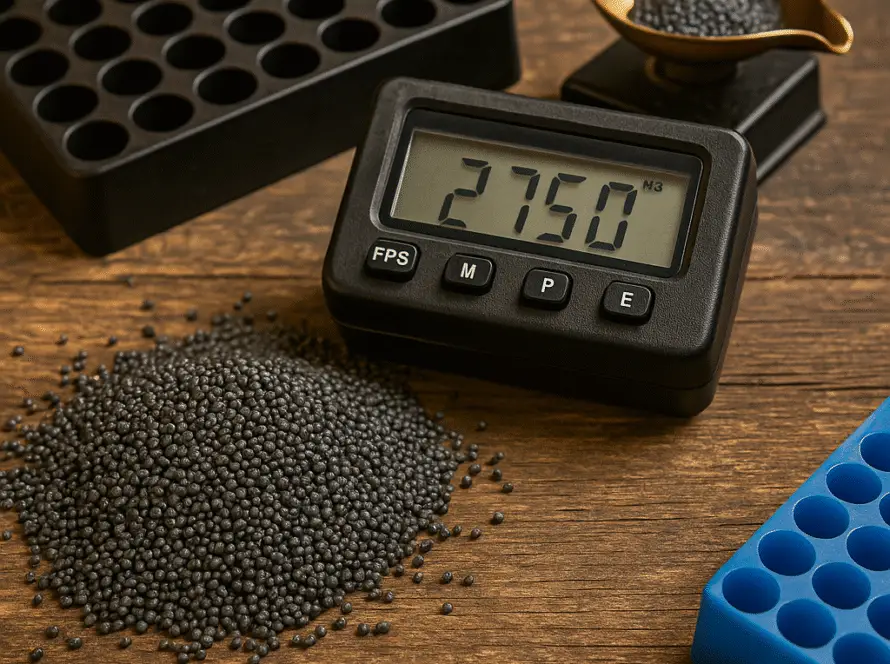Top 5 Trigger Assemblies for Millimeter-Precision Accuracy
Contact us for expert recommendations or to order your custom Trigger Assemblies.

Trigger Assemblies form the critical interface between shooter and rifle, directly influencing shot consistency, safety and confidence. A well-chosen, properly tuned assembly can shave millimeters off group sizes and transform “good” accuracy into match-winning performance. In this guide, we’ll examine the top five Trigger Assemblies categories, explain how to fine-tune pull weight and travel, outline essential safety features, detail installation best practices and cover long-term maintenance. We’ve also included authoritative external links—like the Wikipedia article on firearm triggers and Remington’s trigger pull adjustment guide—to deepen your understanding and aid your research.
1. Single-Stage Match-Grade Trigger Assemblies
Single-stage Trigger Assemblies deliver a smooth, uninterrupted pull until the sear releases, making them a staple for precision shooters. Match-grade models from Timney, Jewell and TriggerTech are designed with ultra-tight tolerances, minimal creep and negligible overtravel. Key features include:
- Adjustable Pull Weight: Typically ranges from 0.5 to 2.0 lbs for a clean break that minimizes movement.
- Zero Creep Design: Engineered to eliminate pre-travel, offering a predictable feel shot after shot.
- Drop-In Compatibility: Many assemblies install directly into a Remington 700 footprint without gunsmithing.
For more on action compatibility, see our Kelbly Panda Action guide.
2. Two-Stage Precision Trigger Assemblies
Two-stage Trigger Assemblies provide a light first-stage take-up followed by a distinct second-stage break, offering tactile feedback and added control. Popular options like the Timney Calvin Elite and MDT MPA include:
- Stage-One Preload: Soft take-up that removes slack without breaking the sear.
- Stage-Two Break: A crisp release point tuned to your pull-weight preference.
- Independent Adjustments: Separate screws for stage-one weight, stage-two weight and overtravel.
Two-stage assemblies excel under stress, making them ideal for tactical competitions where consistency is paramount. Pair this with our Atlas Gun Powder load recipes for maximum match readiness.
3. Hybrid Electronic-Mechanical Trigger Assemblies
Emerging as the cutting edge, hybrid Trigger Assemblies like TriggerTech Electron and GeoSights Quantum blend mechanical and electronic actuation. Their advantages include:
- Micron-Level Consistency: Electronic release eliminates mechanical variance in sear engagement.
- Adjustable Electronic Circuit: Dial in the actuation distance with precision control.
- Mechanical Fallback: Ensure safety and reliability in case of battery failure.
While more complex and costly, hybrid assemblies push the envelope for elite precision. Always follow manufacturer firmware and safety guidelines.
4. Safety-Focused Factory Trigger Blocks
For general-purpose and hunting rifles, factory Trigger Assemblies such as the Ruger 77 block and Savage AccuTrigger integrate built-in safeties. Features include:
- Secondary Safety Lever: Prevents accidental sear release until deliberately disengaged.
- Pull-Weight Screw: User-adjustable from 1.5 to 6.0 lbs, balancing safety with performance.
- No-Creep Mechanism: Blocks trigger travel until minimum force is applied.
These assemblies offer match-level feel without sacrificing factory reliability—perfect for budget-conscious builds.
5. Aftermarket Custom Trigger Assembly Kits
Brands like ARMS Inc. and Timney provide full-adjustable Trigger Assembly kits for various platforms (AICS, Winchester, Howa). Highlights include:
- Full Adjustability: Fine-tune pull weight, overtravel and sear engagement with precision screws.
- Premium Components: Polished sears, anti-wear coatings and stainless alloy internals.
- Ease of Maintenance: Removable pins and self-contained springs streamline cleaning and rebuilds.
Combine these kits with our Rifle Barrel Blanks selection guide for a fully customized precision rifle from muzzle to trigger.
Installation and Torque Best Practices
Proper installation of your Trigger Assembly is critical to safety and shot-to-shot consistency. Follow these steps:
- Ensure the rifle is unloaded and bolt is removed.
- Clean the action channel and trigger pocket of all debris and old lubricants.
- Place the assembly according to the manufacturer’s orientation diagram.
- Torque all screws to the specified value (commonly 20–25 in-lbs) using a calibrated torque wrench.
- Cycle the action and perform dry-fire function tests in both safe and fire positions before live firing.
Maintenance and Longevity of Your Trigger Assembly
Regular servicing keeps Trigger Assemblies performing at peak levels:
- Cleaning Frequency: Disassemble and clean every 5,000 rounds or at least annually.
- Lubrication: Apply a light coating of dry lubricant on sear engagement surfaces.
- Component Inspection: Check springs, pins and sear faces for wear; replace worn parts promptly.
- Adjustment Logs: Maintain a log of pull weight and overtravel adjustments to track performance trends.
Frequently Asked Questions
Conclusion
Choosing and tuning the right Trigger Assemblies is a game-changer for achieving millimeter-precision accuracy. Whether you opt for match-grade single-stage, feedback-rich two-stage, cutting-edge hybrid, safety-focused factory blocks or fully adjustable aftermarket kits, the key is proper installation, torque and maintenance. Don’t forget to pair your assembly with quality components—see our Kelbly Panda Action guide and Rifle Barrel Blanks selection article—for a build that delivers consistent sub-MOA performance. Contact us today for expert advice, pricing and support.
**Primary Keyword:** `Trigger Assemblies`
**Meta Description:**





